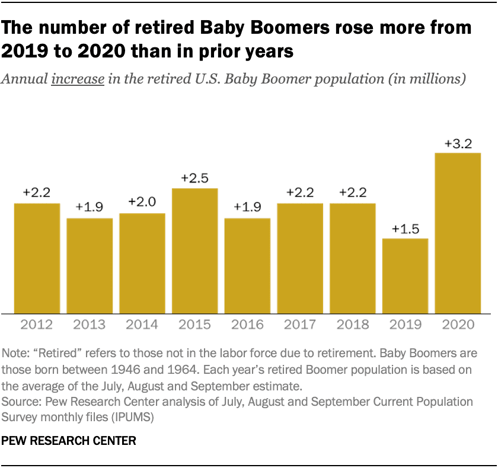Why Leadership Skill is Lacking but Sorely Needed
Kent is a worried CEO of ProSafe, a multi-generational family-owned financial services firm with 160 employees. As the fourth generation of his family to lead the firm, Kent is a practiced and successful steward. He is a very active leader in the business strategy including tight oversight of finances and the leadership of his executive team. Day-to-day business activities are led by Michael, Kent’s Chief Operating Officer.
Why is the quality of leadership important to the modern business organization?
At 68, COO Michael has more than 40 years of sales leadership skills experience in the industry and a proven record as a top-performing sales executive. He feels he has the energy and desire to continue to make a meaningful contribution.
The younger managers and employees eschew the organizational structure carefully built over the preceding decades. It feels rigid and impersonal. Their dissatisfaction extends beyond organizational structure. They judge Michael and his team as poor leaders. Their primary issues with leadership have to do with the quality and quantity of communication and their perceived lack of personal development opportunities. They want their ideas to be heard and implemented. They want access to online leadership learning and leadership development, and they want a formal system of leadership mentoring. These are the reasons for their harsh judgments about the quality of leadership skills at ProSafe.
Employees are Disengaged
The research of the Gallup organization supports Kent’s leadership issues. In their 2019 survey, the Gallup organization asserted that fully 83% of the global workforce is not engaged. They called this a $7 Trillion problem. By 2021, engagement improved but was still woeful and unacceptable, calling 69% not engaged. A disengaged workforce is responsible for poor productivity and low-performance results, soaring costs and eroding profit margins. Gallup argues the cause of these abominable results is the poor quality of leadership.
This new generation of leaders is bright, capable, and full of ideas. They simply lack the mentoring, training, and development for which they yearn. The essence of leader enablement is to take managers and leaders, oozing with the outward talent and potential for sales leadership, and provide them with leadership methods, leadership tools, and technology in leadership to exploit their natural ability and keen intellect.
Here are some of the more serious leadership problems and contributing factors:
- Everything about management and leadership is changing as baby-boomers exit leadership roles in record numbers.
- Mature leaders have habits that are considered out-of-date by their younger peers and employees.
- There are not enough Gen Xers to replace existing baby-boomer leaders.
- Bright but unprepared Millennials are expected to fill leadership roles beyond their experience.
- The mentors that might have helped these younger leaders to be successful are not available—having retired or been pushed out.
- The global leadership transition is eroding employee engagement, productivity, and profits. Gallup calls it a $7 trillion problem.
- The lack of experience with leadership methods, tools, and technology is neutralizing the promise of otherwise bright and capable leaders.
- CEOs are experiencing a rapid and inexorable change in business culture as younger leaders flood into positions previously occupied by an older generation.
- CEOs are unsure of how to develop and grow their younger leaders.
- Organizations that are ahead of this leadership crisis curve will establish a competitive advantage as they outperform their peers.
- Do you feel any of this in the industry? Are you witness to any of these in your organization?
If you liked this content read more about Leadership skills qualities and principles HERE.



